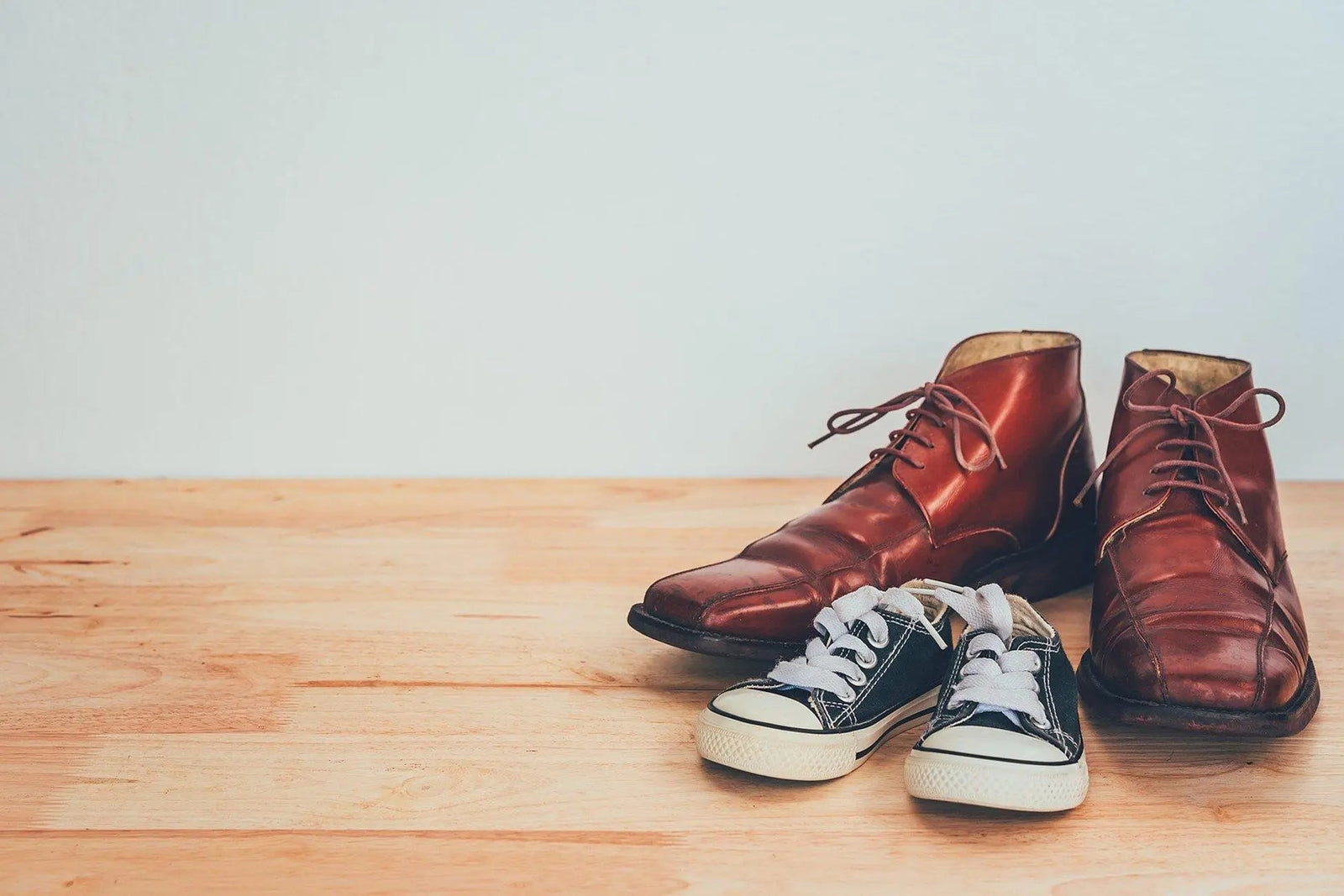Throughout one's life, a person will walk an astonishing number of miles. Imagine the footsteps you take each day, accumulated over years and decades. Unfortunately, these miles are often trekked in shoes that are less than ideal shoes that pinch, rub, squeeze, or are just too loose, leading to a myriad of foot problems and discomforts. This is a common scenario for many, yet it goes unaddressed, leading to long-term implications for foot health and overall well-being.
As individuals age, changes in their feet's structure, such as increases in both width and length, are natural. These changes, subtle and gradual, can easily be missed. Many people, therefore, continue to squeeze their feet into the same size shoes they've worn for years, working under the mistaken belief that if they can still fit into them, all must be fine. This misunderstanding can have uncomfortable, if not downright painful, consequences.
Ill-fitting footwear can be the root cause of a surprising amount of physical stress. Wearing shoes that are too tight, too loose, or lack proper support and protection can put unnecessary strain not just on the feet, but also on the knees, lower legs, back, and spine. This can lead to a cascade of discomfort and, in some cases, more serious issues such as accidents or falls, particularly in older adults whose balance may be compromised.
Moreover, the role of proper shoe fit cannot be overstated when it comes to the health of one's feet. Poorly fitting shoes contribute significantly to the development of various foot and toe ailments, including but not limited to bunions, calluses, corns, and conditions like hammer toes, claw toes, and mallet toes. These conditions can cause significant discomfort and impair a person's ability to engage in daily activities, including work and hobbies that they previously enjoyed.
The importance of selecting the right footwear becomes increasingly critical as we age. Shoes that perfectly fit a person's feet, conform to their body's needs, and suit their lifestyle can not only prevent a host of foot-related problems but also enhance overall comfort and mobility. Achieving this fit, however, requires more than just picking out a shoe in the correct size; it involves understanding the unique contours and needs of your feet.
To ensure an ideal fit, one should consider various factors such as the shoe's width, the material it's made of, and its overall structure. For instance, people with wider feet may need to look for shoes designed to provide extra room, preventing unnecessary pressure and chafing. Similarly, materials that offer breathability can help mitigate issues like athlete's foot by reducing moisture build-up.
Moreover, attention must also be given to the shoes' support and cushioning properties, especially for individuals who stand or walk for extended periods. Shoes with adequate arch support and cushioning can help distribute weight evenly, minimizing stress on the feet and joints. This not only prevents foot fatigue but can also improve one's posture and spinal alignment.
In addition to these considerations, it's advisable to shop for shoes later in the day when the feet are naturally slightly swollen. This can help ensure that the shoes remain comfortable throughout the day. Also, taking the time to try shoes on and walk around in them can provide a better sense of their fit and comfort levels.
In conclusion, the journey of a thousand miles begins with a single step, and those steps should be taken in shoes that offer the best possible support and comfort for your feet. By investing the time and effort to find properly fitting footwear, individuals can significantly impact their overall foot health, comfort, and quality of life. Remember, your feet carry you through life; treat them well and they will continue to carry you wherever you wish to go, comfortably and safely.
Proper Shoe Fit as We Age

Fred Price |
